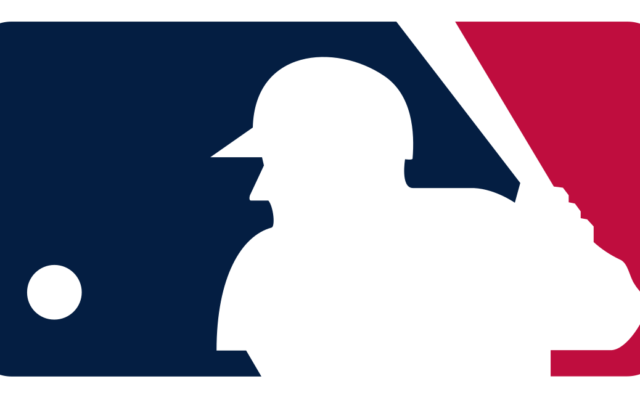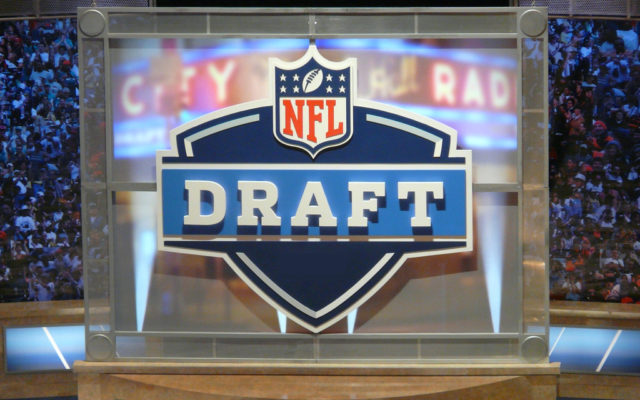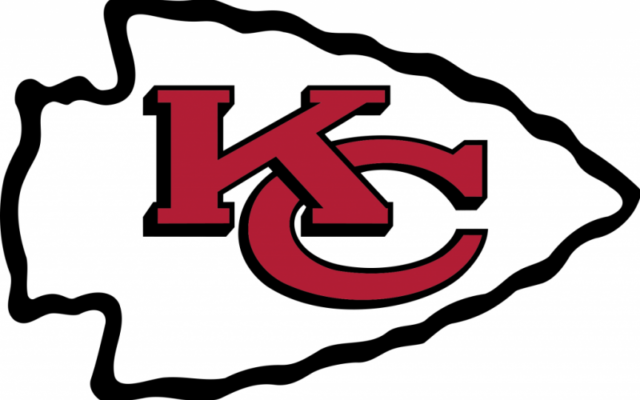The All-MLB Team Project: Re-evaluating Baseball’s Best From 2000-Now – Part I: Preamble

If you want to know anything about a given NBA season, looking at the All-NBA team is a pretty good place to start. The 2018-19 All-NBA honors, voted on by writers and broadcasters who cover the league and released in mid-May, paint the picture of the season that has unfolded. LeBron James, one of the game’s all-time greats and a typical first-team All-NBA lock, took a backseat this season due to injury and the underperformance of his Los Angeles Lakers. He sits on the third team this year, still recognized but diminished as his decline begins. Meanwhile, young stars Giannis Antetokounmpo and Nikola Jokic made their first-team All-NBA debuts as their respective squads in Milwaukee and Denver shot up their conference standings. Thirteen teams find themselves represented among the fifteen roster slots, a display of just how wide-open the race for the title seemed – but as the only team with a first and a second-team selection, the Golden State Warriors’ status as championship favorites was explained, even though they fell short of their third straight Larry O’Brien Trophy.
You can draw similar conclusions about the NFL season from the All-Pro squads that are selected. While the league itself doesn’t pick the All-Pro teams, it recognizes three voting blocs – the Associated Press, the Pro Football Writers Association, and the Sporting News – that choose All-Pro teams every season. Consensus All-Pros are clearly the best of the best, and the teams with the most All-Pros are teams that tend to play deep into January. The NHL also recognizes postseason All-Star teams, with two teams of six players, one at each distinct position on the ice.
These postseason honors don’t just make news and generate debate in the short team. They are frequently at the top of a player’s resume, and help define how to consider the player’s legacy as their careers come to an end. Often, they are the framework for a player’s Hall of Fame case – notice that in the announcement of this year’s Pro Football Hall of Fame class that All-Pro plaudits are mentioned before the number of Pro Bowls a player has made.
Then, there is baseball. While MVP voting always sparks discussion, and MVP races of the past are still remembered because of the debate that arises – remember the Mike Trout-Miguel Cabrera debate of 2012, or Ivan Rodriguez edging Pedro Martinez for AL MVP in 1999 because one voter left Pedro off his ballot entirely? – the league’s traditional awards are the only postseason recognition that players receive. Though the Sporting News has done post-season All-Star teams for both leagues, and the Associated Press named an All-Star squad from 1982-2000, there is currently no widely recognized All-MLB team that sums up the best players in a given season.
Sure, there’s the All-Star Game that honors players from both leagues, but as a summary of each season, how accurate can it be when MVP or Cy Young Award winners have missed the Midsummer Classic altogether? The very process of putting together those rosters – the fan vote, plus the requirement that every team gets a representative – makes them unreliable, not only as a barometer of who the league’s best players truly were in a given year, but of year-to-year consistent excellence.
And yes, die-hard baseball fans will cite ‘top-5 MVP ballot’ or ‘top-3 Cy Young ballot’ finishes when talking about a player’s career in an effort to bolster, or discredit, a case for Cooperstown. But with different voters in each league, and with the flexible definition of ‘valuable’, those aren’t the fairest, either.
So what if an All-MLB team existed? What if the writers and broadcasters who covered the league the closest submitted their first, second, and third team picks each year, with the simple criteria of identifying the best players at their given positions each season? Whose legacies would benefit from a streak of first-team nods, or yearly consideration for the honor?
With those questions in mind, I set about the task of determining All-MLB Teams for every completed season of Major League Baseball through the year 2000, based upon how I believe the voters would have voted in each given season. Figuring out which players the Baseball Writers Association of America thought were the best for a given year wasn’t difficult – not with voting data from the MVP ballot (which requires each voter pick 10 players) and the Cy Young ballot (which requires three pitchers). With each player’s voting ‘points’ at hand, the process of filling out the All-MLB teams was simple: highest vote total at each position gets the nod. In case of ties, or thin margins between players in different leagues, I used my own judgment to try and determine which player might have been more well-regarded for his performance that season based on statistical production, reputation, and team performance – in that order.
In instances where there were not enough players receiving votes at a certain position, I filled the rosters based on that same criteria. This happened rarely at most positions, but a good number of utility and relief pitcher slots did have to be filled. You’ll have to put a certain amount of trust in me, I suppose, but I’m confident that all of my choices are justifiable. I did become less reliant on ‘counting stats’ (home runs, runs batted in, pitcher wins) and more reliant on rate stats (on base plus slugging (OPS), strikeouts per nine innings, etc.) and advanced stats (such as Wins Above Replacement, which I will pull from Fangraphs’ calculation and refer to using the abbreviation fWAR hereafter) starting in 2010 as those metrics became more widely accepted (why 2010? I’ll explain when I get there).
Each team is comprised of a catcher, first baseman, second baseman, third baseman, shortstop, three outfielders, one ‘utility player’, one designated hitter, five starting pitchers, one ‘relief pitcher’, and one ‘closer’. If a player made at least 80% of his starts at one position, they were considered only for that position, with the exception of catcher, where any player who caught primarily (made the majority of their starts as a catcher) would be considered a catcher. Fewer than 80% of their starts at one position made a player eligible to be considered as a ‘utility player’. Any player who made at least 40 starts, or 25% of their starts, as a designated hitter could be considered for that position. The distinction between ‘relief pitcher’ and ‘closer’ was simple: if a pitcher was his team’s primary source of saves, he was considered the ‘closer’. If not, he is considered a ‘relief pitcher’. If a pitcher makes both starts and relief appearances, he is considered a reliever if at least 75% of his appearances come in relief.
I acknowledge off the top that there are flaws in the methodology, stemming from the flaws in award voting. Different voting blocs in each league mean the definition of ‘valuable’ or ‘best’ isn’t just subjective year-to-year but possibly subjective league-to-league. Also, it’s generally accepted that voters lean heavier towards players from successful teams in MVP and Cy Young voting, which might hurt some of the era’s greats who weren’t fortunate to play for contenders. And one writer’s vote could make a lot of difference at the positions that aren’t as represented year-to-year on MVP or Cy Young ballots, like catcher, utility player and relief pitcher.
But, the results, I think, will still prove to be a fairer accounting of the best players of the 21st century so far than a simple tally of All-Star appearances or Cy Young totals. While this exercise won’t produce entirely new information – you are probably already aware that Albert Pujols and Barry Bonds were exceptional players, for instance – it is my hope that it will cast some more light on some of the more overlooked great players of the era. Ultimately, I believe the All-MLB Teams will tell a story of each season, and the players and teams who made it memorable. And since I believe no sport’s fans love to argue about legacy and player value more than baseball fans, I think they’ll be a lot of fun, too. So that’s why I’m sharing them with you.



